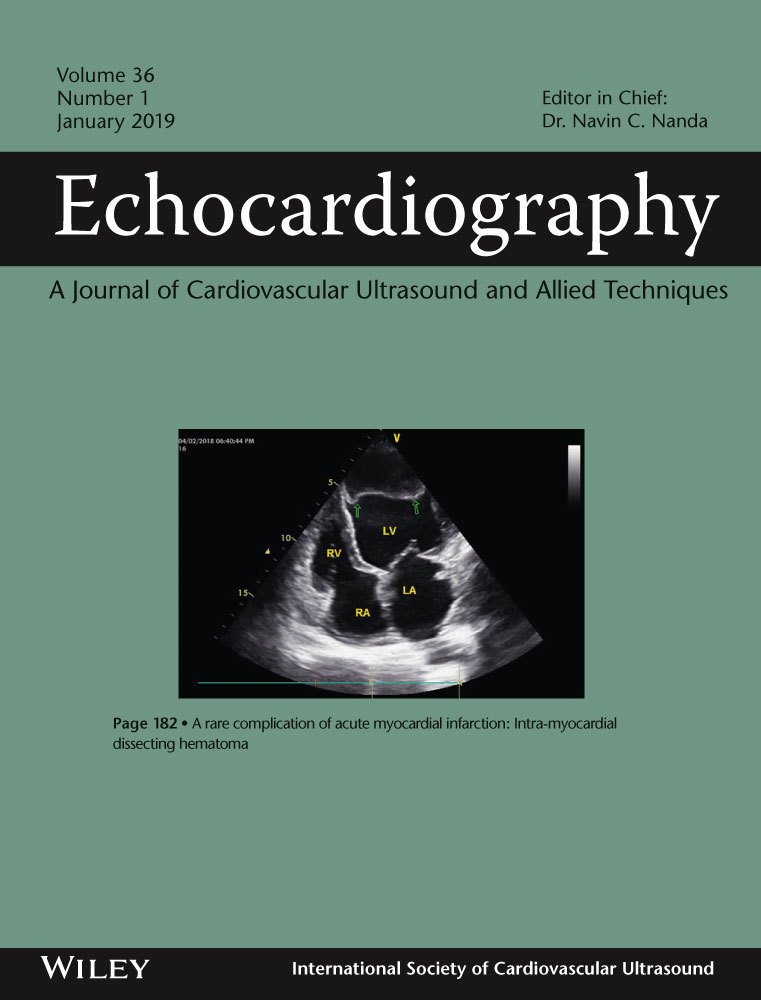Test–retest variability for quantitative two-dimensional and Doppler measurements in the fetus
Abstract
Objectives
Echocardiography is used to quantitatively characterize cardiovascular function in fetuses with cardiac abnormalities and inform decisions for fetal or perinatal interventions. It is clinically important to understand the reproducibility of these measures, particularly between testers. While studies have reported intra-observer variability and inter-observer variability, little is known about test–retest variability for these measures. We hypothesized that even in a high volume echocardiography laboratory, quantitative measurements will demonstrate higher test–retest variability compared with inter-observer variability and intra-observer variability of the same measurements.
Methods
Prospective study of uncomplicated, singleton pregnancies to evaluate fetal measures of cardiovascular function obtained by echocardiography. One sonographer obtained predefined variables, and then, a second sonographer obtained the same variables 15 minutes after the first sonographer. Separate data acquisitions were obtained by the two sonographers to evaluate test–retest variability. Intra-observer variability and inter-observer variability were also evaluated.
Results
Thirty fetuses between 17- and 36-week gestation were enrolled. Time-based variables had the best intra-observer agreement and inter-observer agreement (1.2%–7.4%), while 2D (7.5%–10%), M-mode (4.9%–10.1%), and velocity-time integral (VTI; 2.6%–13.8%) measurements had poorer agreement. For all variables, test–retest agreement was worse (3%–32.1%), particularly for measurement of myocardial performance index (MPI; 19.7%–21.1%), cardiac output estimation (27.2%–27.9%), and VTI-based indices (14.7%–32.1%).
Conclusions
In a laboratory highly experienced in quantitative fetal echocardiography, intra-observer agreement and inter-observer agreement are good for most quantitative parameters. However, test–retest agreement is fair or poor for several variables, notably the MPI, cardiac output estimation, and VTI-based indices. Understanding how these measures vary between separate acquisitions is important for clinical interpretation and decision making.




